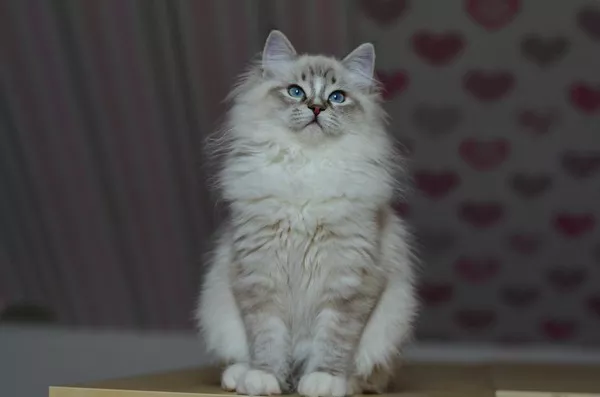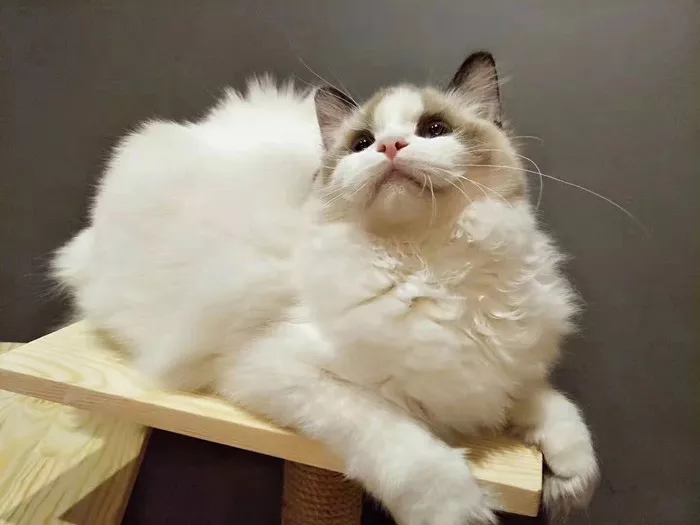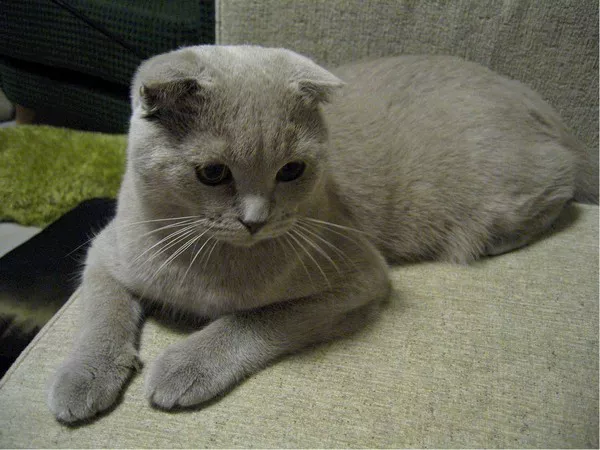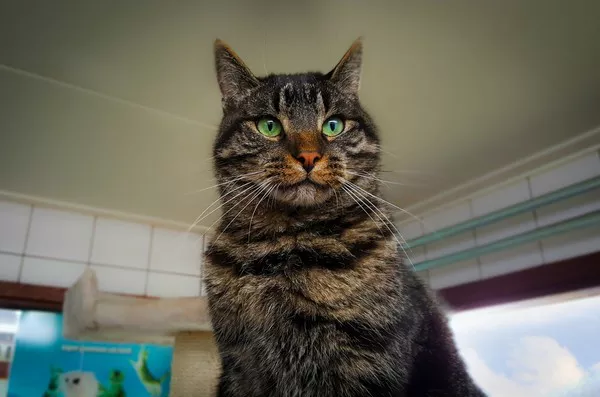Ragdoll kittens are renowned for their luxurious, silky coats and fluffy appearance, making them one of the most beloved breeds among cat enthusiasts. However, if your Ragdoll kitten doesn’t quite live up to the fluffy expectations, you may find yourself wondering what factors could be contributing to their less-than-fluffy appearance. In this comprehensive guide, we’ll explore the reasons why your Ragdoll kitten may not be as fluffy as expected and provide grooming tips to help maintain their coat’s health and beauty.
The Ragdoll Breed: Known for Fluffiness
Before delving into the potential reasons for your Ragdoll kitten’s lack of fluffiness, let’s take a moment to appreciate the characteristics that make the Ragdoll breed so special. Ragdolls are known for their semi-longhaired, plush coats, which feature a soft, silky texture and come in a variety of colors and patterns, including seal, blue, chocolate, and lilac.
Ragdolls have a distinctively dense undercoat that provides insulation and warmth, as well as a longer topcoat that adds to their fluffy appearance. Their fur is designed to be soft and silky, with a tendency to mat and tangle if not properly groomed. While Ragdolls are typically associated with a fluffy appearance, individual variations in coat length, texture, and density can occur, leading to differences in fluffiness among kittens of the same breed.
Potential Reasons for Lack of Fluffiness
Several factors can contribute to your Ragdoll kitten not being as fluffy as expected. Understanding these factors can help you address any underlying issues and ensure that your kitten’s coat remains healthy and beautiful. Here are some potential reasons for a Ragdoll kitten’s lack of fluffiness:
1. Genetics: Inherited Coat Traits
Genetics plays a significant role in determining a cat’s coat characteristics, including length, texture, and density. While Ragdolls are known for their fluffy coats, individual variations in genetics can result in kittens with less dense or less fluffy fur. Factors such as coat color, pattern, and lineage can influence a Ragdoll kitten’s coat appearance, with some lines producing fluffier offspring than others.
2. Coat Care: Grooming Habits and Maintenance
Proper grooming is essential for maintaining a Ragdoll kitten’s coat health and appearance. Without regular grooming, their fur can become tangled, matted, and dull, leading to a less fluffy appearance. Ragdolls are prone to matting due to their dense undercoat and longer topcoat, making it crucial to establish a grooming routine early on.
3. Diet and Nutrition: Essential for Coat Health
Diet and nutrition play a crucial role in maintaining a cat’s overall health, including the condition of their coat. A balanced diet rich in high-quality protein, essential fatty acids, and vitamins and minerals is essential for promoting healthy skin and coat growth. Ensure that your Ragdoll kitten is receiving a nutritionally complete diet tailored to their age, activity level, and dietary needs.
Grooming Tips for Maintaining a Healthy Coat
Now that we’ve explored some potential reasons for your Ragdoll kitten’s lack of fluffiness, let’s discuss grooming tips to help keep their coat looking its best. Regular grooming not only promotes coat health and shine but also strengthens the bond between you and your kitten. Here are some grooming tips to consider:
1. Brushing: The Key to Fluffiness
Regular brushing is essential for preventing tangles, mats, and knots in your Ragdoll kitten’s coat. Use a soft-bristled brush or comb to gently remove loose hair, dirt, and debris from their fur, paying special attention to areas prone to matting, such as behind the ears, under the arms, and around the tail.
2. Bathing: Keep it Occasional
While Ragdolls generally don’t require frequent bathing, occasional baths can help keep their coat clean and healthy. Use a gentle, cat-specific shampoo and lukewarm water to bathe your kitten, taking care to avoid getting water in their ears and eyes. Rinse thoroughly and dry your kitten’s fur with a towel or hairdryer on a low heat setting.
3. Nail Trimming: A Paw-sitive Experience
Regular nail trimming is essential for maintaining your Ragdoll kitten’s paw health and preventing overgrown nails. Use a pair of cat-specific nail clippers to trim your kitten’s nails every 2-4 weeks, taking care to avoid cutting into the quick, which can cause pain and bleeding. If you’re unsure how to trim your kitten’s nails, ask your veterinarian or a professional groomer for guidance.
4. Dental Care: Don’t Forget the Teeth
Good dental hygiene is essential for your Ragdoll kitten’s overall health and well-being. Brush your kitten’s teeth regularly using a cat-specific toothbrush and toothpaste to prevent plaque buildup, tartar accumulation, and periodontal disease. Additionally, provide dental treats, toys, and chews to help keep their teeth clean and healthy between brushings.
Conclusion: Embracing Your Kitten’s Unique Beauty
While your Ragdoll kitten may not be as fluffy as expected, it’s essential to remember that every cat is unique and beautiful in their own way. Whether your kitten has a slightly less dense coat or a different color pattern than typical Ragdolls, their individuality only adds to their charm and appeal.
By understanding the potential reasons for your kitten’s lack of fluffiness and implementing proper grooming techniques and care practices, you can help ensure that their coat remains healthy, shiny, and beautiful for years to come. Embrace your kitten’s unique beauty, and cherish the special bond you share as you navigate the joys and challenges of kittenhood together.



























